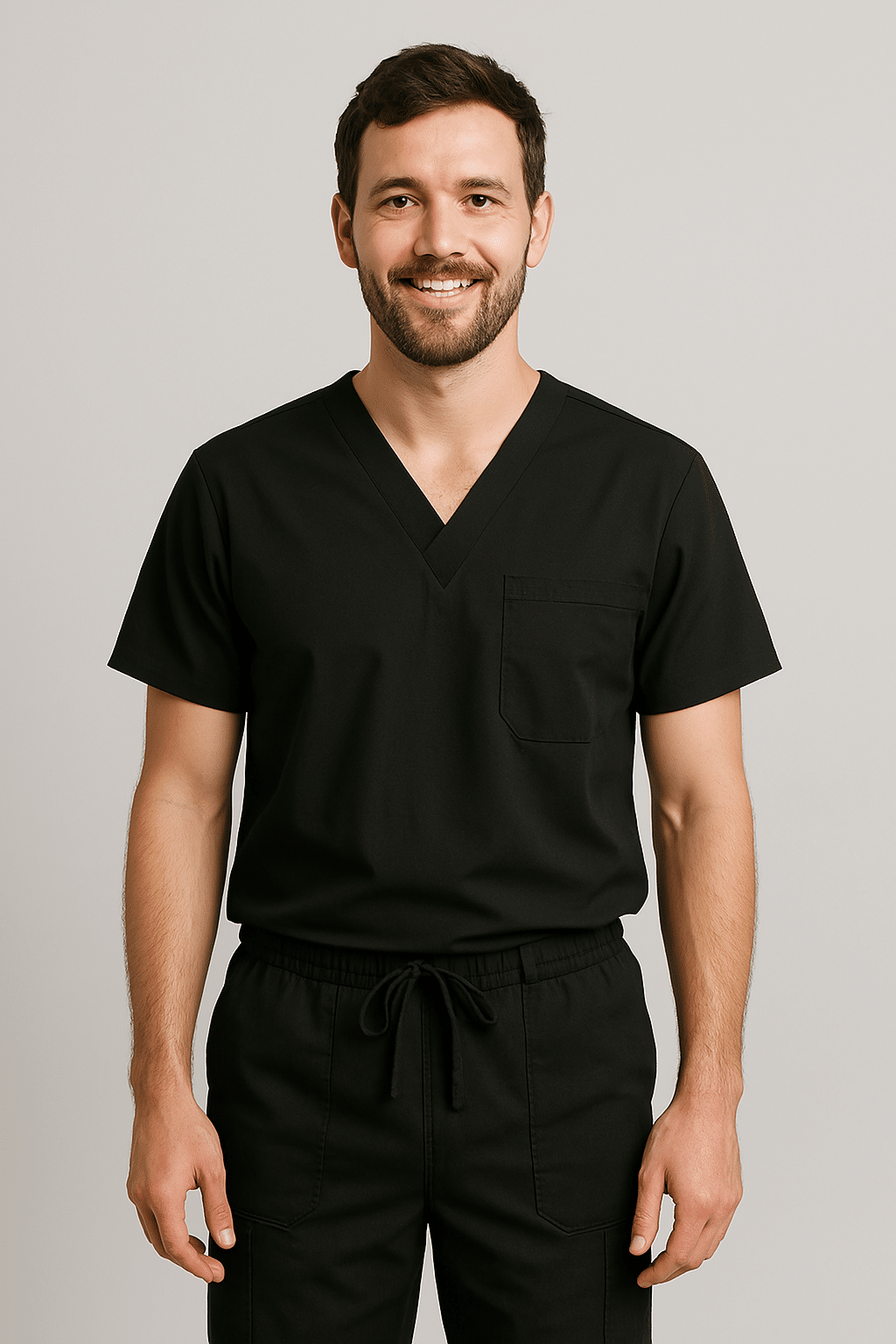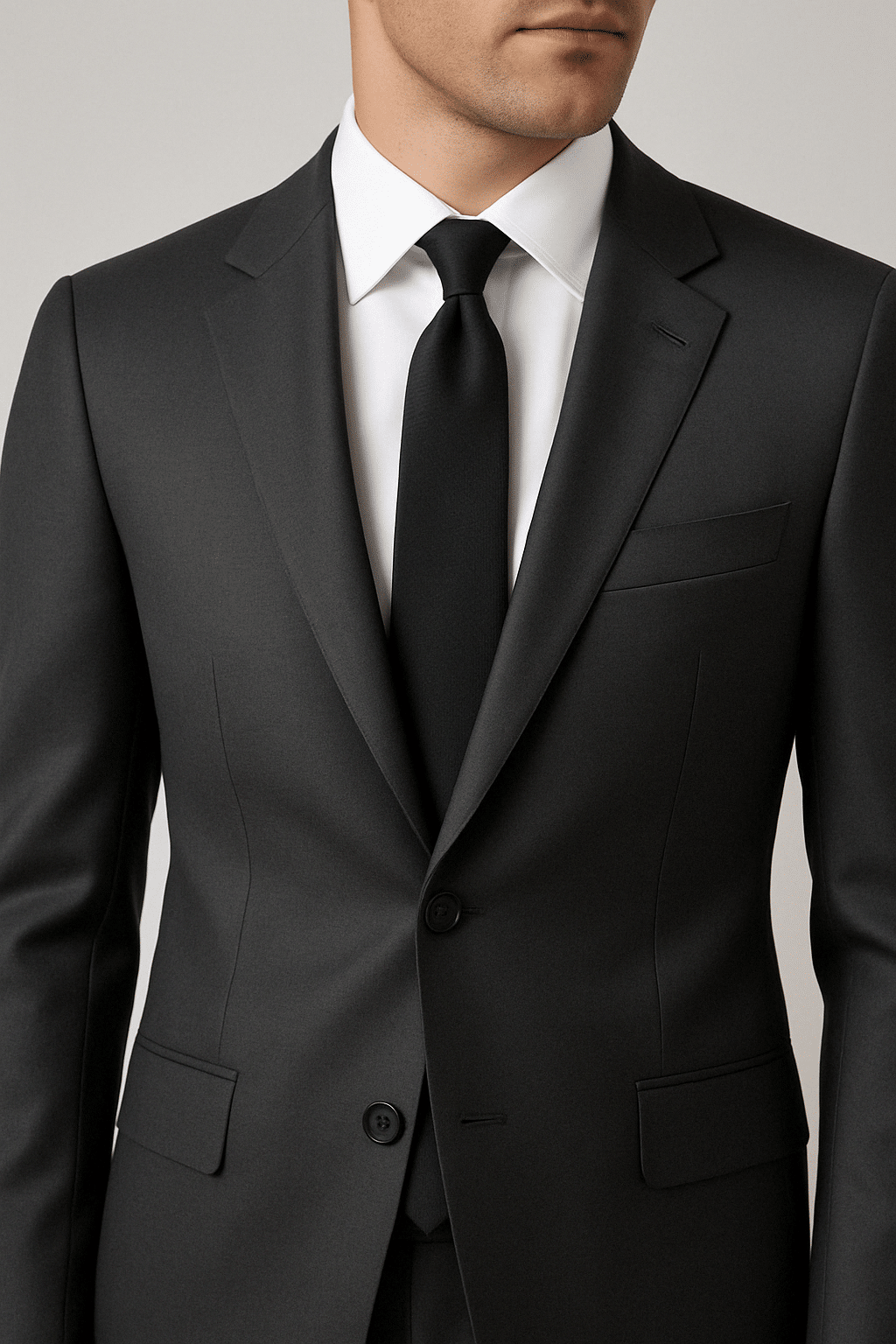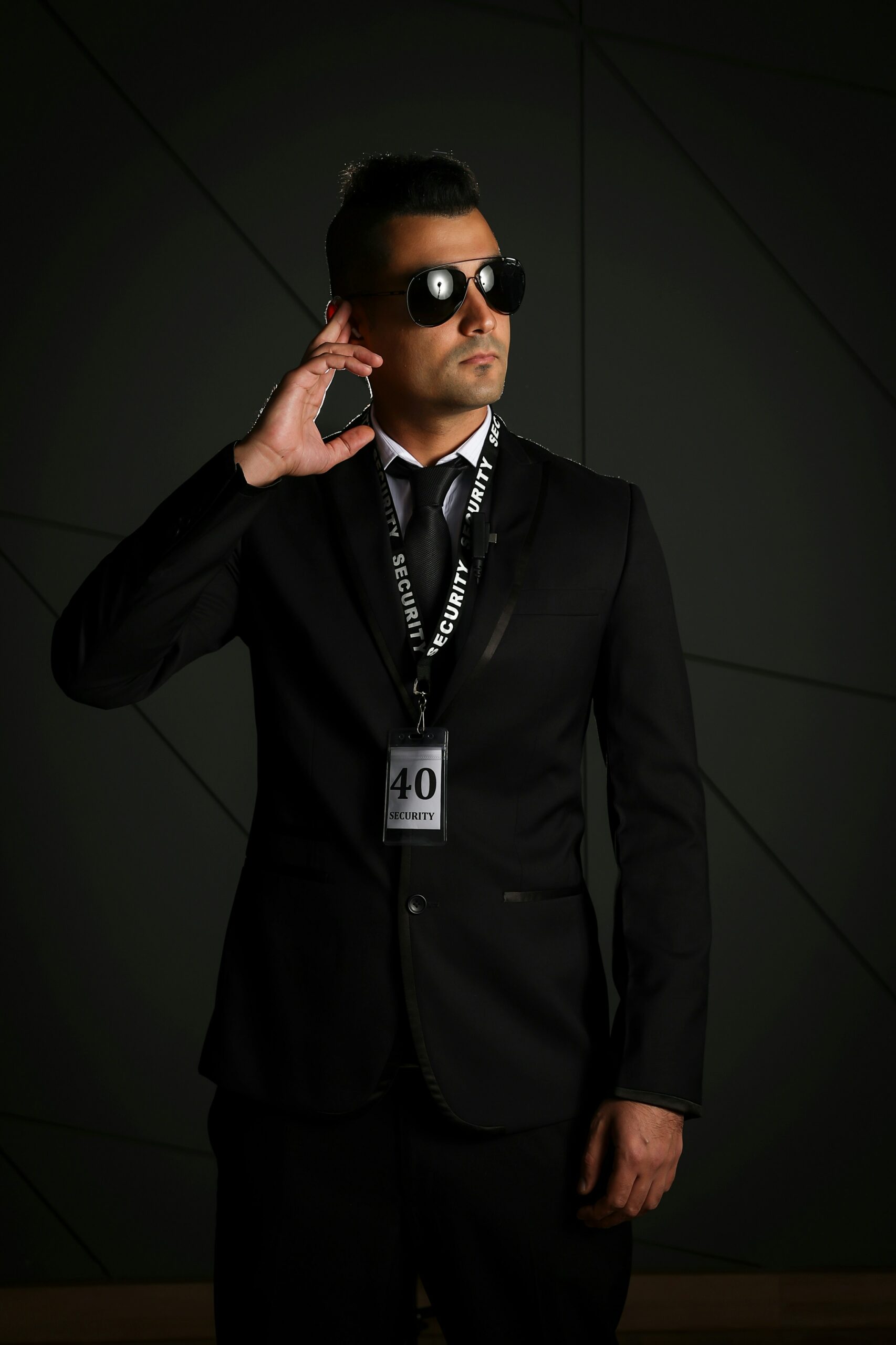Introduction
When you board a plane, chances are one of the first things you notice is the flight crew’s sharp appearance—especially the pilot uniform. It’s not just about style; uniforms in aviation symbolize trust, authority, and professionalism. In fact, according to a 2022 survey by AirlineRatings, over 78% of passengers said they feel more confident in a flight’s safety when the crew is well-dressed in uniform. That crisp blazer, those shiny epaulets, and the iconic pilot’s cap aren’t just for show—they’re carefully designed with function, hierarchy, and comfort in mind.
But not all pilot uniforms are created equal. From the classic commercial pilot uniform to the more luxurious and tailored Emirates pilot uniform, each variation tells its own story. In this article, we’ll explore the key components, history, and differences between pilot and co pilot uniforms, as well as the craftsmanship behind them—touching on everything from embroidery and printing to uniform cleaning and tailoring by top uniform suppliers in the UAE.
Let’s unpack what really goes into dressing for the skies.
Understanding the Importance of Pilot Uniforms
First impressions matter, especially when you’re responsible for hundreds of lives at 35,000 feet. A pilot uniform isn’t just clothing—it’s a symbol of professionalism, experience, and trust. For passengers, it’s comforting. For crew, it’s functional. And for pilots, it’s a badge of honor.
Most airlines work closely with a uniform supplier in UAE or elsewhere to ensure the materials, tailoring, and uniform stitching meet high standards. Beyond looks, the uniform plays a vital role in establishing hierarchy, which is crucial during emergency procedures or in the cockpit.
What Is a Pilot Uniform?
The term “pilot uniform” can mean slightly different things depending on where you fly and who you fly for. It’s not a one-size-fits-all setup, although there are common elements.
The Symbolism Behind the Uniform
From the stripes on the shoulders to the pilot wings badge on the chest, every detail has a purpose. These uniforms showcase the pilot’s rank, flying hours, and professional achievements. Some airlines go for a minimalist approach, while others prefer lavish embroidery, especially for their senior crew.
And let’s not forget about comfort. Modern pilot uniforms often use breathable fabrics and custom fits. After all, flying a Boeing 777 across time zones isn’t a walk in the park.
What Is a Commercial Pilot Uniform?
Now, when we talk about a commercial pilot uniform, we’re looking at the full professional package. These are typically worn by pilots flying for major airlines. They usually include:
- A white dress shirt with epaulettes (those shoulder boards with stripes)
- A blazer (often with stripes stitched onto the sleeves)
- Trousers, a tie, and sometimes a hat
One of the most iconic examples is the Emirates pilot uniform. Known for its sleek design and impeccable tailoring, it reflects the airline’s luxury image. The uniform features gold stripes, custom blazers, and high-end fabric choices, tailored for both hot climates and long-haul comfort. Emirates even includes details like special uniform cleaning processes to maintain presentation over long journeys.
Do Private Pilots Wear Uniforms?
Not necessarily. Private and student pilots have more flexibility. Many wear custom uniforms that still look professional but offer a relaxed vibe—think polo shirts with aviation logos, minimal embroidery, or even functional cargo pants. But once you start flying commercially, expect to trade those in for something more standardized.
Read our guide: Custom Uniforms – What To Think About
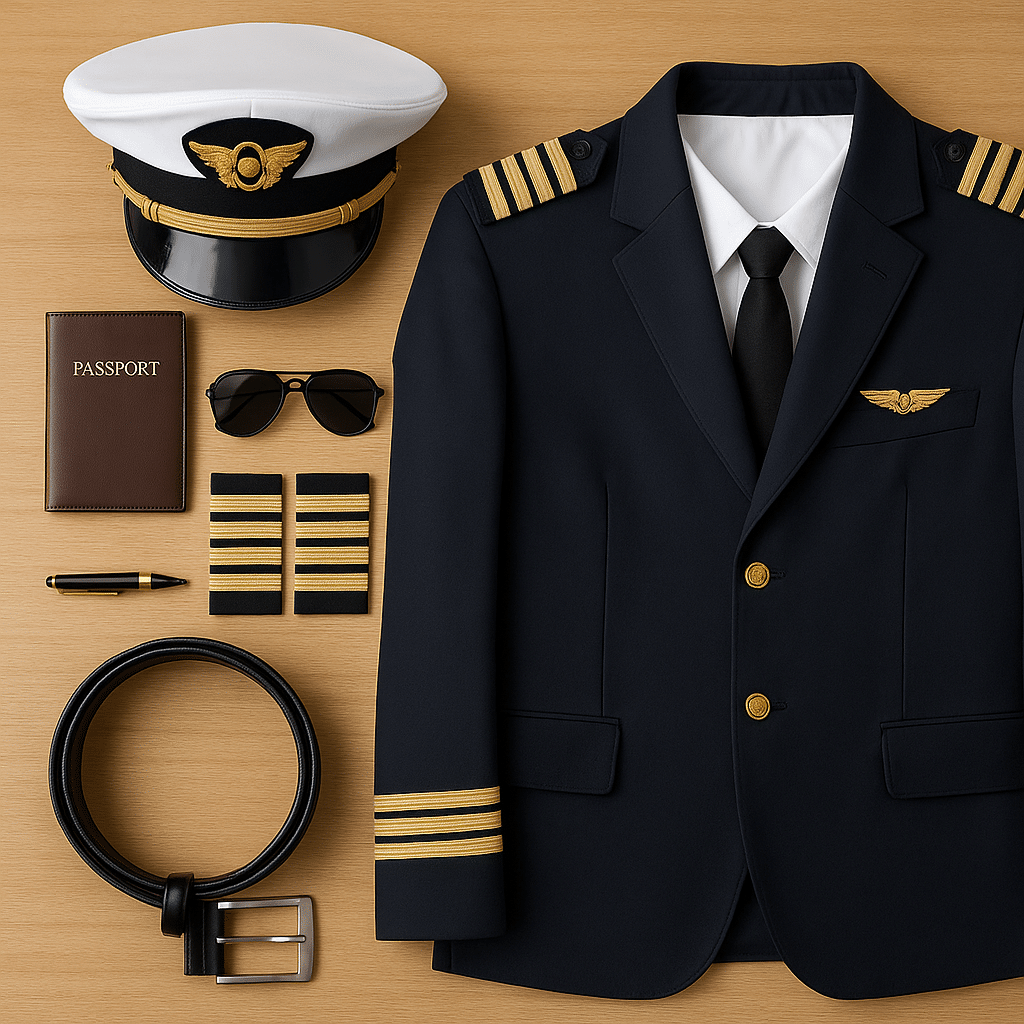
The Difference Between a Pilot and a Co-Pilot Uniform
One of the most common questions people ask is whether there’s a difference between a pilot uniform and a co pilot uniform. The answer is: yes, but it’s subtle.
Stripe Insignia Explained
The stripes on a pilot’s epaulettes (and sometimes jacket sleeves) indicate rank:
- Four stripes – Captain (the pilot in command)
- Three stripes – First Officer (aka the co-pilot)
- Two or one stripe – Trainees or Second Officers
So, when you see a co-pilot wearing a uniform with three stripes, now you know their role. It’s a subtle but vital part of cockpit hierarchy.
Badges, Wings, and Caps
Both captains and first officers wear wings on their chests, often bearing the airline’s logo. Some airlines also use stars or laurel wreaths to denote seniority. Caps are another area of distinction—some airlines reserve them for captains only, while others issue them to all crew.
The co pilot uniform might look nearly identical to the captain’s, but those small elements (like a stripe less or no star above the wings) tell you who’s in charge.
Uniforms by Role: Captain vs. First Officer vs. Trainee
- Captain: Four stripes, full insignia, custom-fitted blazers.
- First Officer: Three stripes, similar attire but usually without senior insignia.
- Trainee: Two stripes or fewer, simpler uniform designs, and often more basic printing or embroidery.
Read our guide: Logo Printing
A Brief History of Pilot Uniforms
It wasn’t always this crisp and classy. In the early days of aviation, pilots looked more like they were going off to war (and many were). Think bomber jackets, goggles, and scarves.
From Military Gear to Naval-Inspired Style
In the 1930s, Pan Am changed the game. They introduced a navy-style uniform to match their fleet of flying boats. This added a sense of formality and authority, which helped passengers feel safer.
Evolution Through the Decades
As aviation evolved, so did the look. Airlines worldwide began copying the Pan Am aesthetic, and today’s pilot uniforms still retain that polished, naval-inspired design. Some airlines, like Emirates, have taken it to luxury levels with signature blazers and impeccable tailoring.
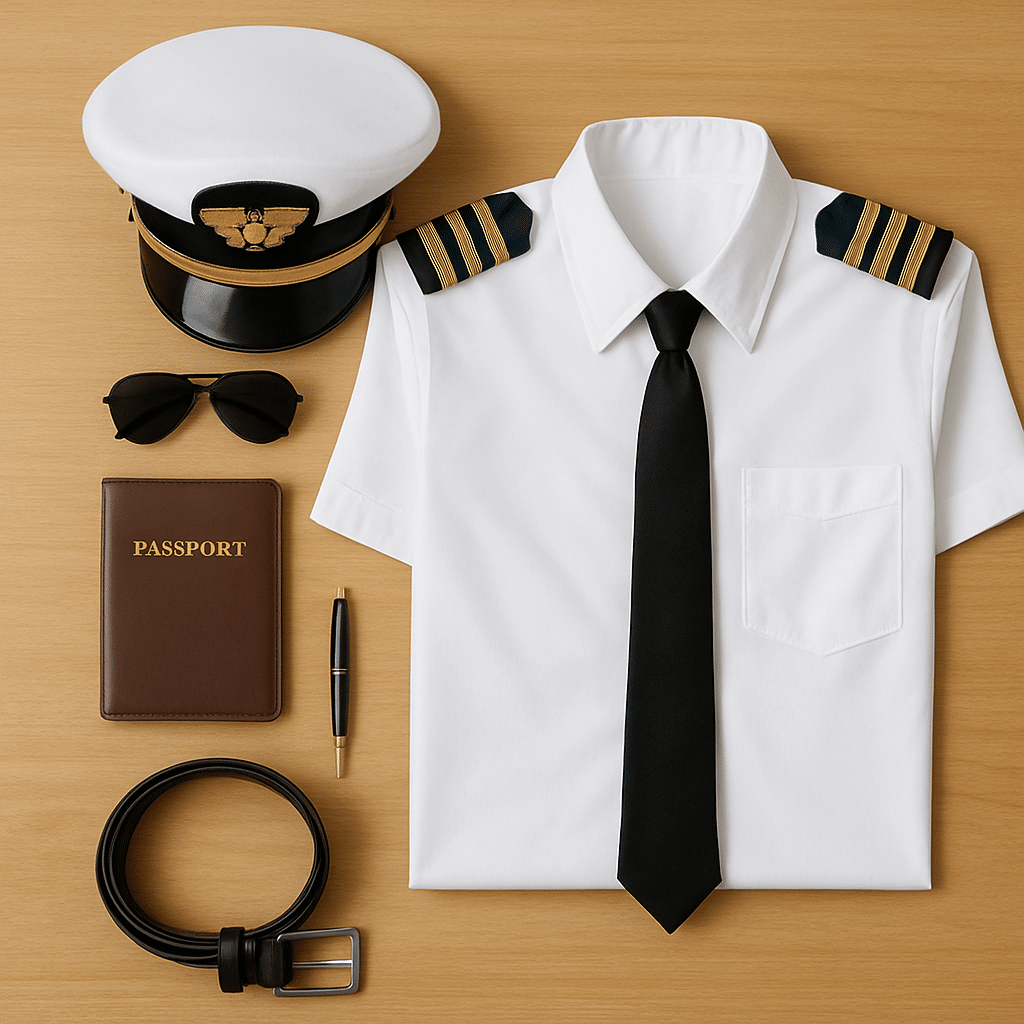
Essential Components of a Modern Pilot Uniform
Let’s break down the key components that make a modern pilot uniform more than just clothes:
Shirts, Jackets, and Ties
The classic white pilot shirt is fitted with epaulettes for rank. Some shirts include cotton-stretch materials for flexibility. Jackets are usually navy or black, with embroidery on the sleeves and airline insignia on the chest.
Ties are simple—often navy or black—but required by most airlines. You might find printing on the ties, like a small winged emblem or company logo.
Read our guide: How to start embroidery
Hats and Grooming Standards
While hats are becoming optional, they’re still part of traditional commercial pilot uniform expectations—especially in formal settings or when disembarking.
Grooming also plays a role. Beards are often discouraged due to oxygen mask interference, and both men and women are expected to keep a clean, professional appearance.
Conclusion
The pilot uniform is far more than a professional dress code—it’s a visual symbol of hierarchy, experience, and trust. From the tailored precision of the Emirates pilot uniform to the subtle differences between a pilot and co pilot uniform, every detail plays a role in maintaining cockpit order and passenger confidence.
We explored how commercial pilot uniforms have evolved from military origins to the sleek, navy-inspired styles we recognize today. We also covered the function behind each uniform element—shirts, ties, stripes, hats, and even sunglasses—and how they help pilots perform under pressure.
Behind the scenes, there’s an entire support system that ensures pilots look and feel their best: expert tailoring, detailed embroidery, durable uniform stitching, and reliable uniform cleaning. Many airlines now turn to trusted uniform suppliers in the UAE to deliver premium, performance-ready gear, whether for aviation, custom uniforms, or even medical uniforms.
In the end, a well-made pilot uniform isn’t just about looking sharp—it’s about flying with confidence, leading with authority, and upholding one of the most recognizable roles in the world of travel.
